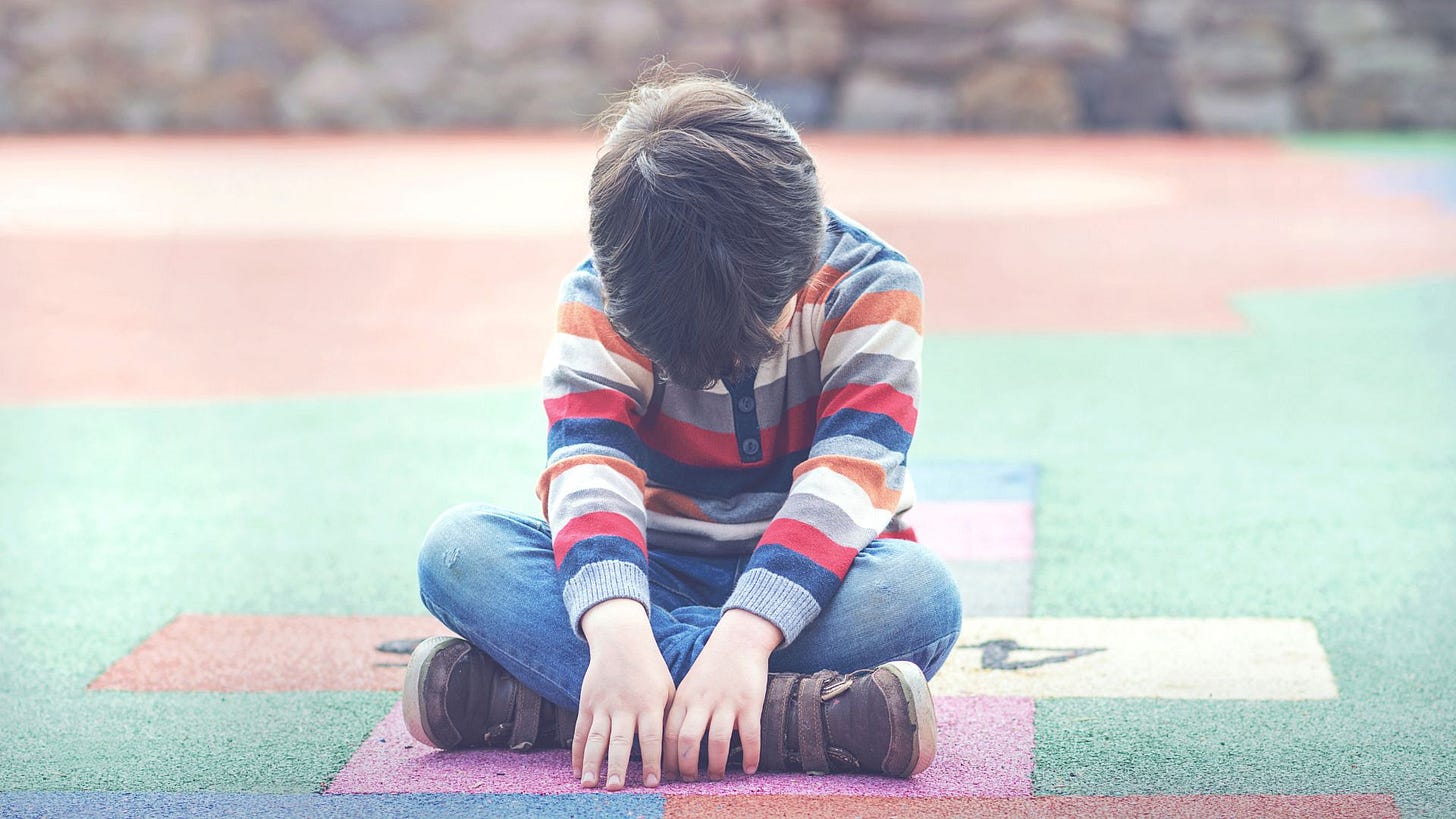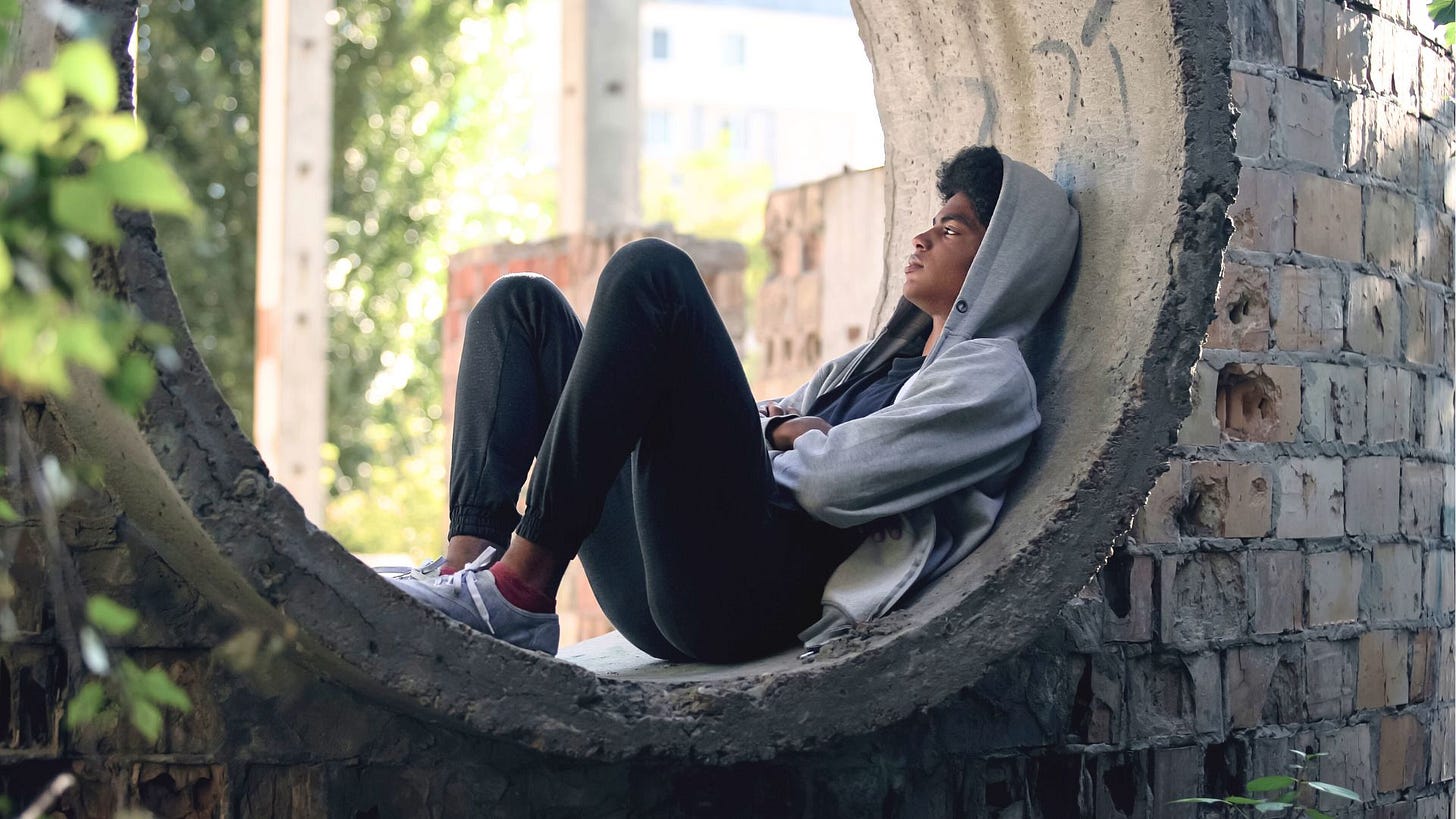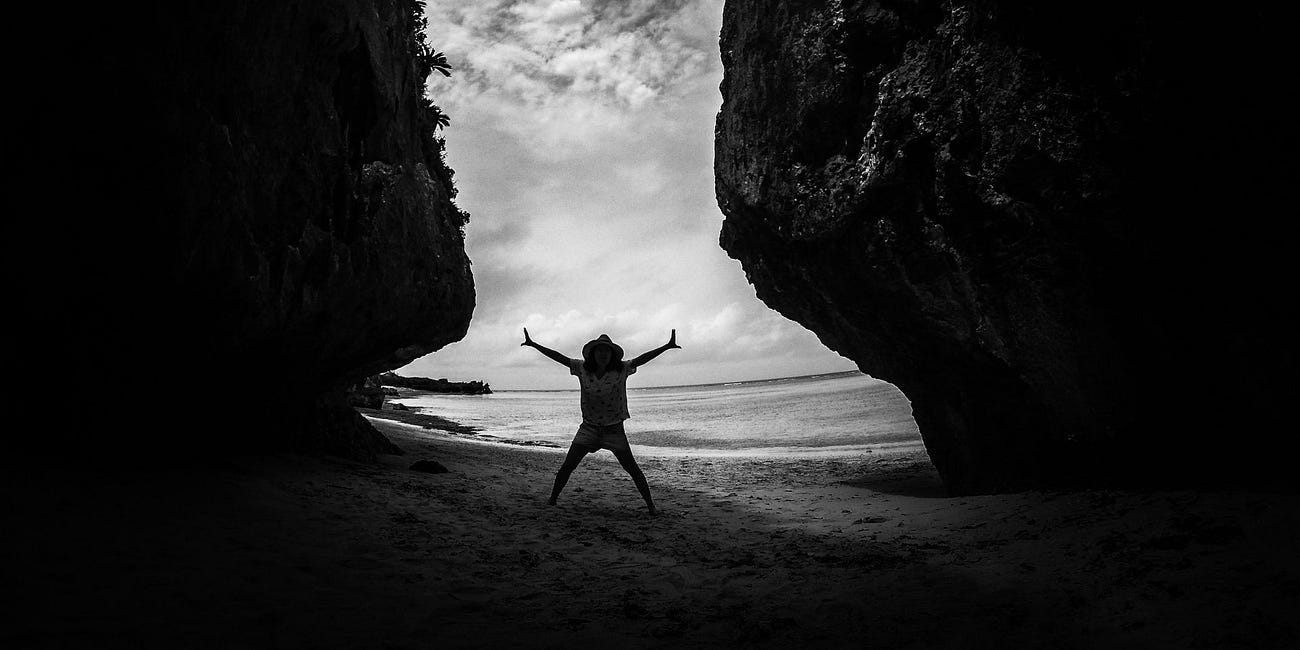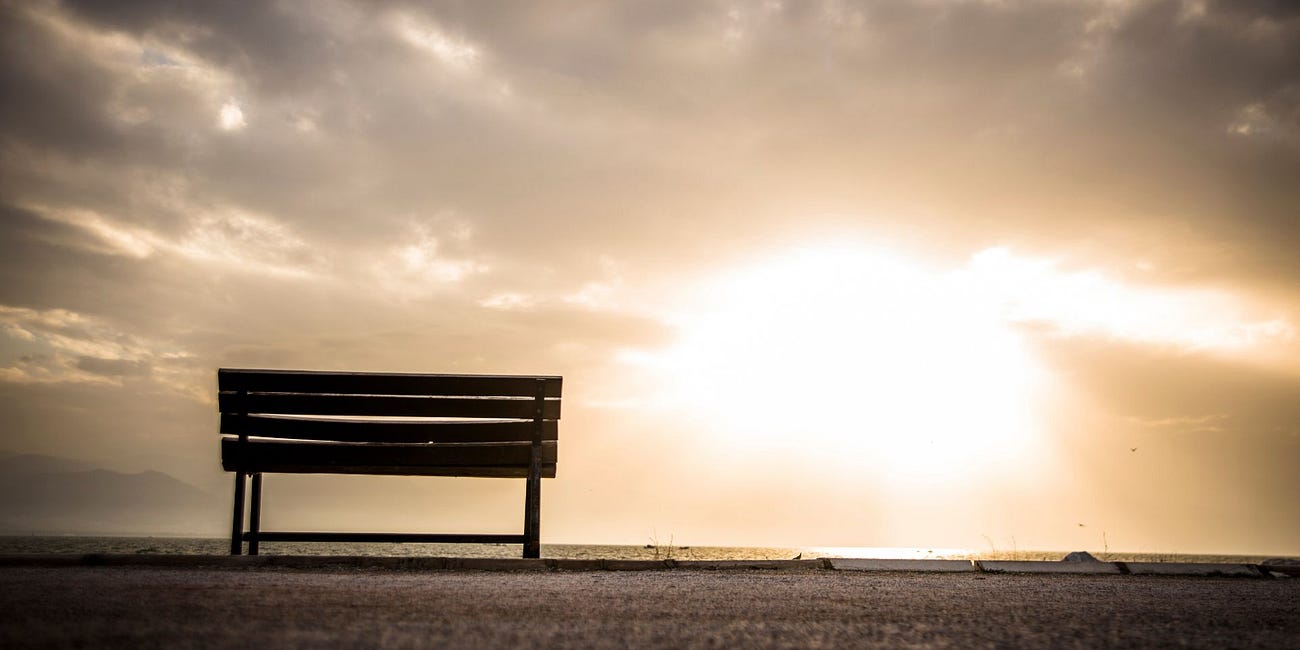When I am guiding the body scan meditation during a mindfulness session, I tend to repeat the same phrases over and over:
Let go of your attention from the thigh. Now gently move to the knee…
Let go of your attention from the knee. Now gently move to the calf…
Let go of your attention from the calf. Now gently move to the shin…
And so on. A body scan practice typically lasts 30 to 45 minutes.
Once, when the practice ended, a student — visibly half-frustrated and half-amused — said to me, “The practice was sooo boring. And I felt so bored on your behalf. Don’t you feel bored guiding it and saying the same thing again and again?”
I smiled and shrugged, “Well, boredom is part of the practice!”
We live in a world that feels deeply uncomfortable with stillness and doing nothing. When there’s nothing much happening, an undercurrent of restlessness surfaces.
There lies an ache for something new, something different, something interesting. That subtle hum of discontentment that continuously wonders: Okay, what’s next?
Restlessness becomes our default. Surely, there must be something better than this, the mind whispers.
We tend to confuse boredom with “nothing”, and the idea of “nothing” scares us.
Our usual strategy is to try and fix that boredom, by replacing the void of “nothing” with something. And many times, anything will do.
So we feel compelled to reach for the next thing — another activity, another project, another person, another possession, another bite, another sound, another thought, another recollection, another fantasy, another distraction, another obsession.
But when we stop running from boredom, we begin to see that what lies beneath our restlessness is largely a quiet discontentment with what is.
When we learn to meet boredom with awareness and curiosity, the restlessness that once pushed us to seek the next thing gradually loses its urgency.
Boredom then reveals what it truly has to offer — not an emptiness to escape, but a spaciousness to rest in.
In that spaciousness, the ordinary becomes vivid. Even when we are in the midst of silence, stillness, and sameness.
We start to notice even the subtlest shifts within and around us. As life continues to unfold, each moment feels more alive than before.
The mind softens its desire to do more. The heart steadies into an appreciation of simply being. The body responds with a newfound sense of ease.
This is not about erasing boredom, but befriending it and learning from it.
By sitting with restlessness, we see how the mind moves — how it yearns, how it struggles and resists.
In this gentle being and seeing, we discover a more refreshing and nourishing sense of existing, free from the need to constantly chase.
This is not about disengaging from life or abandoning goals, either. Mindfulness doesn’t make us unhealthily passive. Instead, it helps us discern between mindless escapes and pursuits that matter.
Letting ourselves be bored is a reminder that being alive doesn’t always need to be entertaining.
So the next time boredom arrives — in practice or in daily life — invite it in. Sit beside it like it’s an old friend. Listen to what it has to teach you about your habitual tendencies, that perpetual longing to be elsewhere than the here and now.
Perhaps, in this silent company, we discover that boredom isn’t the opposite of being alive. It is the doorway back to it, where we reacquaint ourselves with the quiet pulse of our own growth and awakening.
How Mindfulness Turns Anxiety into Agency
I attended WWF Earth Summit 2025 in Singapore and was moved by a question posed by one of the speakers:
Finding Joy in Absence
While the world urges us toward more - more doing, more consuming, more achieving, mindfulness invites less: less clutter, less busyness, less stimulation, less excess.








